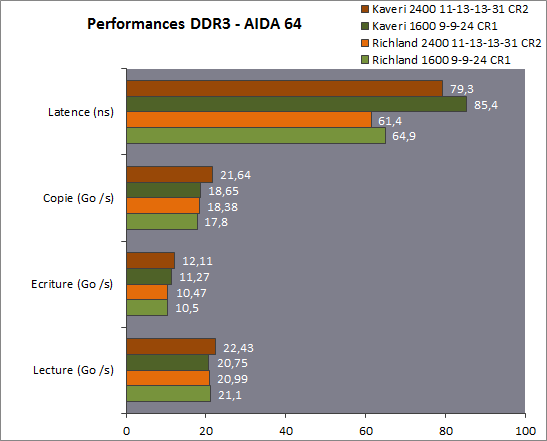It would seem that Kaveri, as a chip, supports four memory channels, even though FM2+ implementations can only use two:
http://www.chip-architect.com/news/Kaveri_Trinity_2014-01-07.jpg
More details and further evidence from Hans de Vries here: http://semiaccurate.com/forums/showpost.php?p=204808&postcount=2925
So, quad-channel DDR3L in laptops? Or for servers/HPC? Something SteamBoxy? Dave?
Simplest explanation: Larger PHYs for higher frequencies.
RAM is available at what in the market right now? DDR3-3000?
edit: The further evidence talks about registers for more memory controllers specifically, not more memory controllers, which I highly doubt are phsyically implemented in this instance of Kaveri, rather a posiibility for the architecture as opposed to the chip.
Last edited by a moderator:












